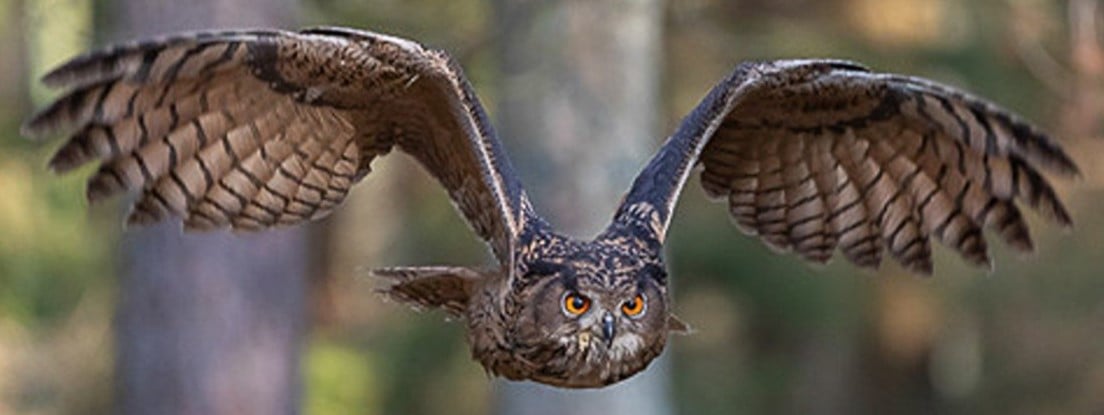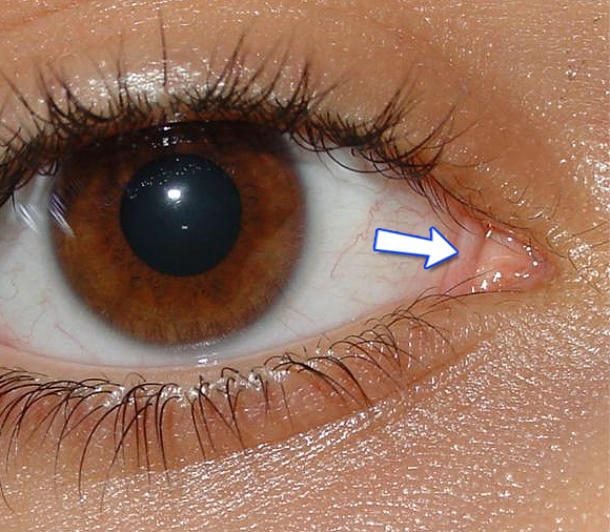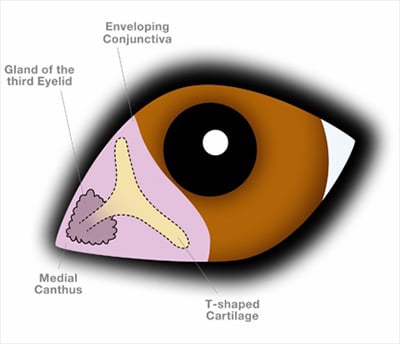Have scratched my eye. Would not recommend. Would recommend third eyelid for next iteration of human.
Superbowl
For owls that are superb.

US Wild Animal Rescue Database: Animal Help Now
International Wildlife Rescues: RescueShelter.com
Australia Rescue Help: WIRES
Germany-Austria-Switzerland-Italy Wild Bird Rescue: wildvogelhilfe.org
If you find an injured owl:
Note your exact location so the owl can be released back where it came from. Contact a licensed wildlife rehabilitation specialist to get correct advice and immediate assistance.
Minimize stress for the owl. If you can catch it, toss a towel or sweater over it and get it in a cardboard box or pet carrier. It should have room to be comfortable but not so much it can panic and injure itself. If you can’t catch it, keep people and animals away until help can come.
Do not give food or water! If you feed them the wrong thing or give them water improperly, you can accidentally kill them. It can also cause problems if they require anesthesia once help arrives, complicating procedures and costing valuable time.
If it is a baby owl, and it looks safe and uninjured, leave it be. Time on the ground is part of their growing up. They can fly to some extent and climb trees. If animals or people are nearby, put it up on a branch so it’s safe. If it’s injured, follow the above advice.
For more detailed help, see the OwlPages Rescue page.
Youch! I hope it was able to heal.
I wear hard contacts and if they go on without enough solution and they suction on there it hurts like heck until I can get them out
If one would consider developing safety glasses part of our evolution, we're still ahead of the membraned animals. Some of them can supposedly survive a pellet gun shot. We just lose out on having them always on our face.
We may have had one once upon a time though! From Wikipedia:
Fully developed nictitating membranes are found in fish, amphibians, reptiles, birds and mammals, but are rare in primates. In humans, the plica semilunaris (also known as the semilunar fold) and its associated muscles are homologous to the nictitating membranes seen in some other mammals and other vertebrates. In most primate species, a plica semilunaris is generally not present, although fully developed nictitating membranes can be found in lemurs and lorisoid primates. Some mammals, such as camels, polar bears, seals and aardvarks, have full nictitating membranes, and many mammals retain a small, vestigial portion of the membrane in the corner of the eye.

From what you wrote, why is nictitating membrane the one that blink ?
And why would a bird blink with 2 different types of eyelids ?
Great questions! I'll make some speculation based on some reading. I'm not a biologist or anything, so much if the reading is either too simple or too complex for me.
Each eyelid seems to be better at a different task, so let's look at them one at a time.
Top eyelid for blinking. This is most likely functioning like our upper eyelids. It's soft on the inside, can clear out basic debris, and spreads moisture around the eye. That's the same reason we all blink.
Bottom eyelid for sleeping. Most of these owls sleep during the day. If you close your eyes in the sun or a bright room, you can normally still detect some light. Owl lower eyelids have a thick collagen plate that I would have to guess works as a blackout curtain. That seems it would aid in then being able to sleep during the day.
Nictating membrane, the special purpose eyelid. Nictate means "to blink" so it's seems named for its ability to retract. Think of a cat in rough grass, an alligator in muddy water, or an owl, flying at night through trees. Also, all of these animals are predators that will get in fights. In these situations, they need to have their eyes open, but also protected from cuts. Also with birds like the peregrine that dive at very high speeds, this membrane let's them both clear dirty from their eyes, provide another source of tears for lubrication, and still let them have some vision. The membrane is not perfectly clear. It has glands and a T shaped piece of cartilage for structure, so it would hinder vision to be over the eye at all times. It does seem to be the fastest moving eyelid, so it can be brought out as fast as possible.
Here you can see the loss of visual clarity by having the membrane in place. It isn't fully transparent, but enough to still have an idea what is going on around them.

Here is a drawing showing the glands and T Shaped cartilage piece.

That lower eye lid sounds so useful for sleeping. I have trouble falling asleep in rooms that aren't perfectly dark, to the point that I cover up LEDs from electronic devices with dark tape. To be an owl!
Some of these LEDs are so dang bright these days! The ones on my KVM were so bright even during the daytime I had to cover them up, it was so distracting.
